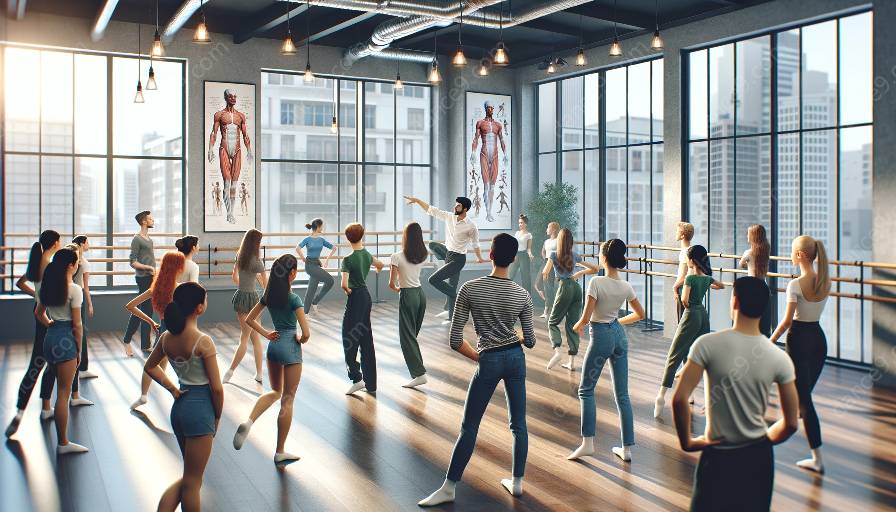Dance teaching methodologies play a crucial role in nurturing the performance skills of dancers and enhancing their overall dance education and training. In this comprehensive guide, we will explore the various ways in which dance teaching methodologies contribute to the development of performance skills, providing insights into effective teaching techniques for dance performance.
Understanding Dance Teaching Methodologies
Dance teaching methodologies encompass a wide range of approaches, techniques, and strategies used by educators to impart dance skills and knowledge to students. These methodologies are designed to facilitate the learning process, improve technique, and enhance the overall performance capabilities of dancers. By employing effective teaching methodologies, dance educators can create a supportive and conducive learning environment that fosters the development of performance skills.
Integrating Technical Training
One of the key ways in which dance teaching methodologies support the development of performance skills is through the integration of technical training. By focusing on the principles of body alignment, movement quality, and spatial awareness, educators can help dancers refine their technical proficiency, leading to improved performance capabilities. Through structured and progressive technical training, dancers can develop strength, flexibility, and control, which are essential for delivering high-quality performances.
Emphasizing Artistic Expression
Besides technical training, effective dance teaching methodologies also place a strong emphasis on artistic expression. Educators use creative and explorative approaches to encourage dancers to express themselves authentically through movement. By fostering a deeper understanding of musicality, dynamics, and emotional interpretation, dancers can develop their artistic sensibilities and ultimately enhance their performance skills. Through guided improvisation, choreographic tasks, and thematic explorations, dancers can refine their ability to communicate and connect with audiences.
Developing Performance Presence
Another essential aspect of dance teaching methodologies is the focus on developing performance presence. Educators employ various strategies to help dancers build confidence, stage presence, and performance charisma. Through performance-oriented feedback, visualization techniques, and simulated performance experiences, dancers can cultivate a strong and compelling stage presence. By cultivating awareness of audience engagement, spatial dynamics, and energy projection, educators can empower dancers to deliver captivating and memorable performances.
Encouraging Collaborative Learning
Effective dance teaching methodologies also promote collaborative learning environments that contribute to the development of performance skills. By encouraging peer feedback, group discussions, and collaborative creative projects, educators foster a sense of community and support among dancers. Through collaborative learning experiences, dancers learn from each other, gain new perspectives, and refine their performance skills through shared exploration and exchange.
Utilizing Multisensory Teaching Approaches
Furthermore, dance teaching methodologies leverage multisensory teaching approaches to enhance the development of performance skills. Educators incorporate visual, auditory, and tactile stimuli to cater to diverse learning styles and enhance the overall learning experience. By integrating music, imagery, and tactile cues, educators can facilitate kinesthetic awareness, musical interpretation, and spatial understanding, fostering a holistic approach to performance skill development.
Applying Progressive Pedagogy
Progressive pedagogy forms a crucial component of effective dance teaching methodologies, as it ensures the systematic and structured development of performance skills. Educators design progressive learning sequences, lesson plans, and curriculum frameworks that scaffold the acquisition of performance skills over time. By offering clear learning objectives, skill-building exercises, and performance challenges, educators guide dancers through a coherent and developmental learning journey, leading to the mastery of performance skills.
Integrating Reflective Practices
Lastly, dance teaching methodologies support the development of performance skills through the integration of reflective practices. Educators encourage dancers to engage in self-assessment, critical reflection, and goal setting to continually improve their performance capabilities. By providing constructive feedback, self-assessment tools, and goal-setting frameworks, educators empower dancers to take ownership of their learning and personal development, leading to enhanced performance skills and self-efficacy.















